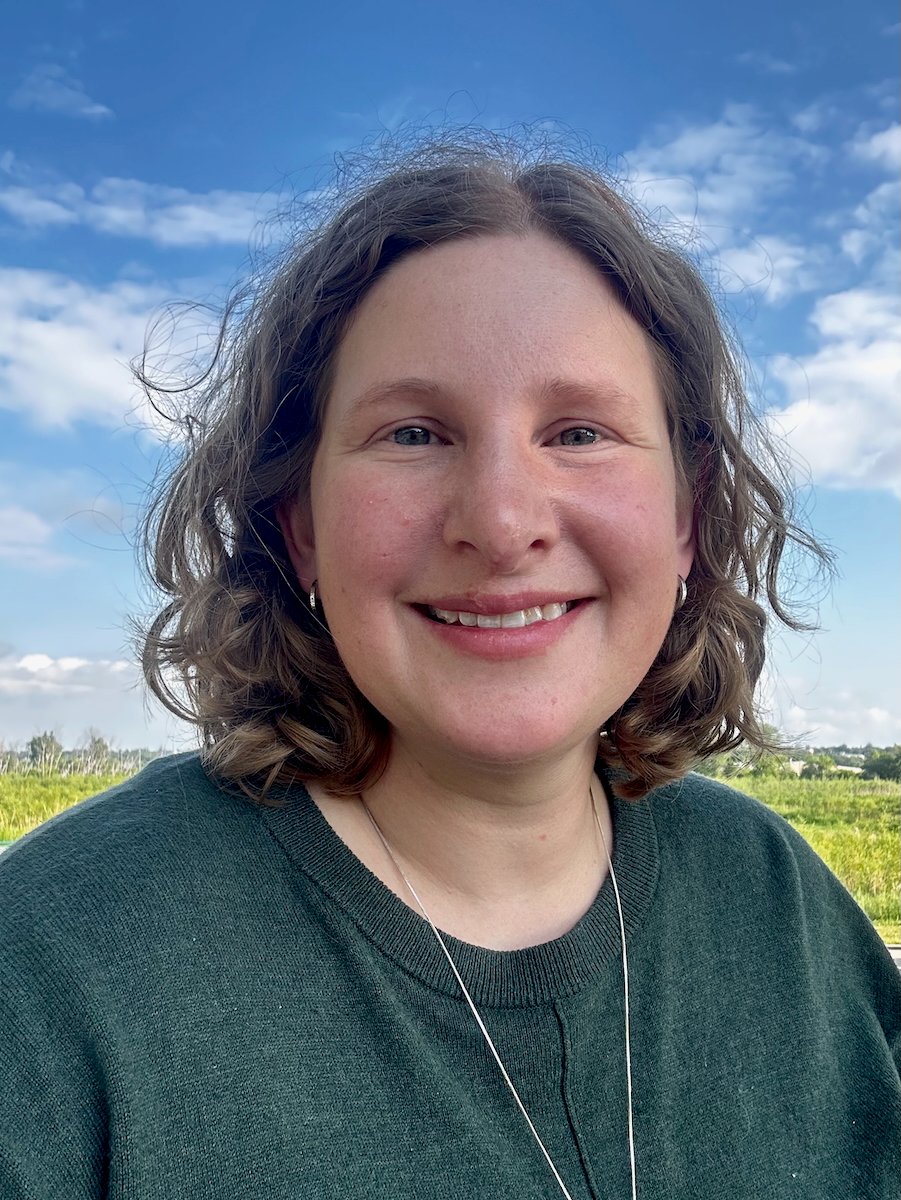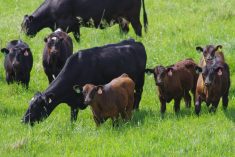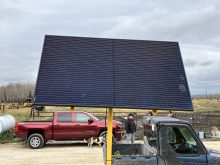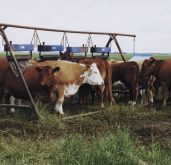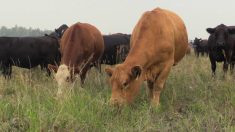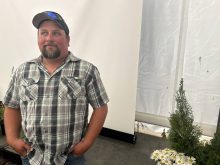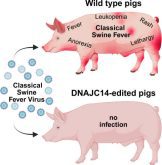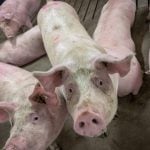‘Stop that cow!’
Most cattle-handling disasters start with that panic, knee-jerk call, ranch safety consultant Reg Steward says — and it’s usually directed towards those least prepared for it.
It’s not uncommon for a small- or medium-size farmer to turn to spouses or children to help guard a gate while moving cattle, he said. Those people often have the least cattle-handling experience, he noted, but also become the ones suddenly called on to stop an animal going the wrong way.
Read Also

Finally getting paid for sustainable farming?
Alberta project says they might have a line on a workable ecosystem credit model to reward farmers for sustainability, and Manitoba might be next
The negative consequence can be twofold, Steward noted. In the short term, the inexperienced handler is more likely to move wrong and either fail to stop the animal or put themselves at serious risk of injury during the attempt. In the long term, that scenario leaves little encouragement for those spouses or children to help again, he noted, particularly if the producer gets angry at the setback.
Why it matters: Some simple facility changes can make a big difference to easier, safer cattle handling, without the worry of an animal getting in where it’s not supposed to.
The consultant and speaker argued that farmers build a transition pen (colloquially dubbed the “oh-oh box”) into their cattle-handling facility. That extra holding pen acts as a buffer between the main herd and the cattle’s final location.
The transitional pen immediately lowers the stakes and helps avoid, “people jumping in front of cows and all sorts of nonsense,” he said. A helper is under little pressure to stop a runaway animal, since farmers can just go retrieve the animal from the transitional pen before making the final move.
The gate between pens is the most common point of injury when moving cattle even for experienced cattle handlers, he noted.
“That’s usually when the run-overs and the impacts happen, when a cow is going somewhere and someone is stopping it from doing that,” he said. “That’s why, in the systems that I design, I always incorporate some way of isolating that so that it doesn’t happen, and it’s OK if that animal goes into that box. That transitional pen makes all the difference.”
The farmer also avoids the challenge and workplace stress of getting the wrong animal out of the wrong pen, sometimes on a deadline, he noted.
In general, Steward is a fan of “engineering out” problems through simple facility design. Most principles of low-stress cattle handling are nothing new to producers, he noted, to the point that the focus on the approach can draw scorn from experienced ranchers as trying to teach them what they already know.
Facility design, however, still has much to teach. Steward advised getting down to the cow’s eye level to try and diagnose problems. Something as simple as a shadow can impact an animal’s willingness to move somewhere, he noted, also pointing to problems where a herd bottlenecks, because animals can’t navigate the ramp onto a truck properly or don’t have a clear idea where the farmer wants them to go.
The key to any facility should be to take away an animal’s space while setting them up to want to go in the direction you want, he noted during a workshop at MBFI near Brookdale.
Different animals will react differently to things like curved shoots or open or closed fencing, he noted, and farmers should take that experience into account when designing facilities, as well as the number of cattle being worked with, farm logistics and whether or not you want the animal to see what’s at the end of the line. More than 10 cattle in a pen are unlikely to be able to see the exit and are thus more likely to get bound up rather than flowing through, he noted, while an animal coming out of a confined space is more likely to go for what looks like an unobstructed opening into the open.
The change is sometimes as simple as two posts and a board between them, he noted. In that anecdote, drawn from one of Steward’s own farm consultations, that change blocked the cow’s view of the headgate operator, encouraging them to move forward.
“Be a student of what you know,” he advised. “But when it comes to the facility itself, let’s take a look at that.”
AgSafeBC has published a 50-question list to help farmers identify possible facility improvements, he noted.

